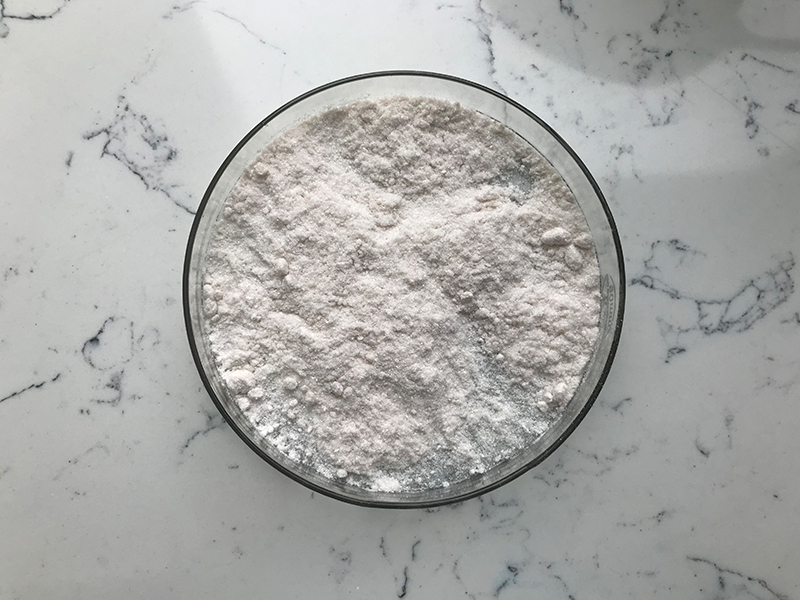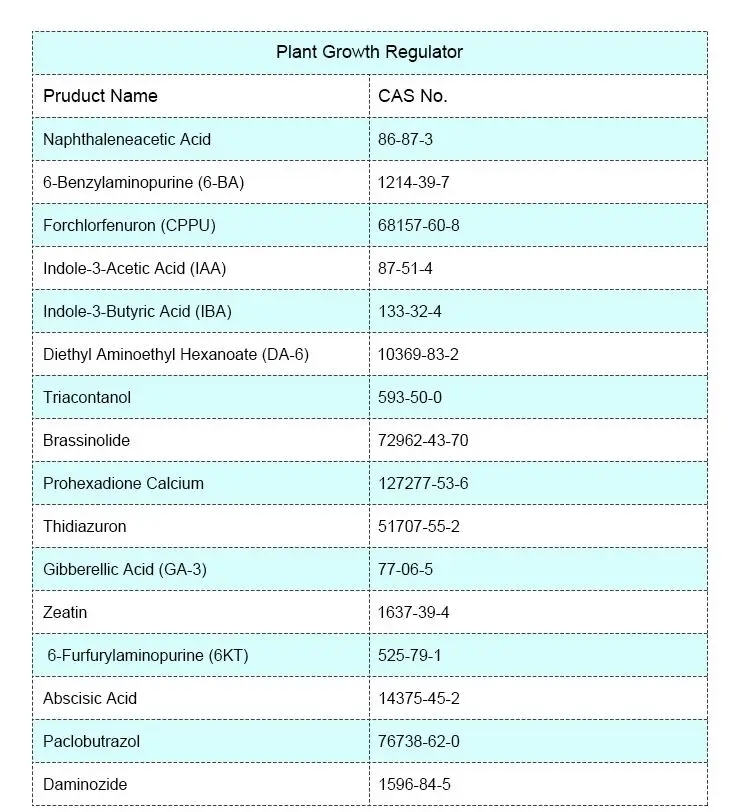Indolebutyric acid (IBA) is a plant hormone that belongs to the auxin family. Auxins are essential hormones involved in various aspects of plant growth and development, including cell elongation, root initiation, and apical dominance. Indolebutyric Acid, specifically, plays a significant role in promoting the formation of roots in cuttings during the process of vegetative propagation.
Vegetative propagation involves growing new plants from portions of existing plants, such as stems or leaves. When you take cuttings from a plant and want them to develop roots, you often use rooting hormones like IBA to enhance the success of root formation.
IBA stimulates the development of roots by promoting cell division and elongation at the cutting site. This hormone is particularly effective in encouraging the initiation and growth of adventitious roots, which are roots that form from non-root tissues.
Indolebutyric acid is available in various forms, including powder, gel, or liquid, and it is commonly used in horticulture and agriculture to improve the success rate of plant propagation. It is important to note that the use of rooting hormones should be done with care, following recommended concentrations, as excessive amounts can have adverse effects on plant development.

How to use Indolebutyric Acid?
Indole-3-butyric acid (IBA) is a plant hormone that is commonly used in horticulture to stimulate root development in cuttings. Here’s a general guide on how to use Indole-3-butyric acid:
- Choose the Right Concentration:
Indolebutyric Acid is typically available in powder, gel, or liquid form. The concentration may vary between products, so follow the instructions on the product label.
For most applications, a concentration of 0.1% to 0.3% Indolebutyric Acid is suitable.
- Prepare the Rooting Medium:
Use a well-draining rooting medium such as perlite, vermiculite, or a mix of peat and perlite.
Sterilize the medium before use to prevent the introduction of pathogens.
- Select Healthy Cuttings:
Choose plant cuttings that are healthy, disease-free, and free from pests.
Cuttings are usually taken from the tips of the plants, with 4-6 inches being a common length.
- Dip or Treat Cuttings:
Prepare a solution of Indolebutyric Acid according to the product instructions.
Dip the cut end of the cutting into the IBA solution for a few seconds, ensuring that the cut surface is well-coated.
Alternatively, some products come in gel form, and you can apply the gel directly to the cut end.
- Insert Cuttings into Medium:
Insert the treated cuttings into the rooting medium.
Ensure that the cuttings are planted deep enough to provide stability and promote root development.
- Maintain Humidity:
Place a humidity dome or cover over the cuttings to maintain high humidity levels, which can enhance the success of rooting.

- Provide Adequate Light and Temperature:
Place the cuttings in an area with bright, indirect light. Avoid direct sunlight, as it may stress the cuttings.
Maintain a temperature conducive to root development. This varies depending on the plant species but is generally in the range of 65-75°F (18-24°C).
- Watering:
Keep the rooting medium consistently moist, but avoid waterlogging.
Use a misting system or spray bottle to keep the humidity high around the cuttings.
- Transplanting:
Once roots have developed, transplant the rooted cuttings into individual pots with regular potting soil.
- Monitor and Care:
Monitor the cuttings for signs of root development and overall health.
Gradually acclimate the rooted plants to normal growing conditions.
Always follow the specific instructions provided by the manufacturer of the Indolebutyric Acid product you are using, as application methods and concentrations may vary. Additionally, be aware that the success of rooting can vary between plant species.
